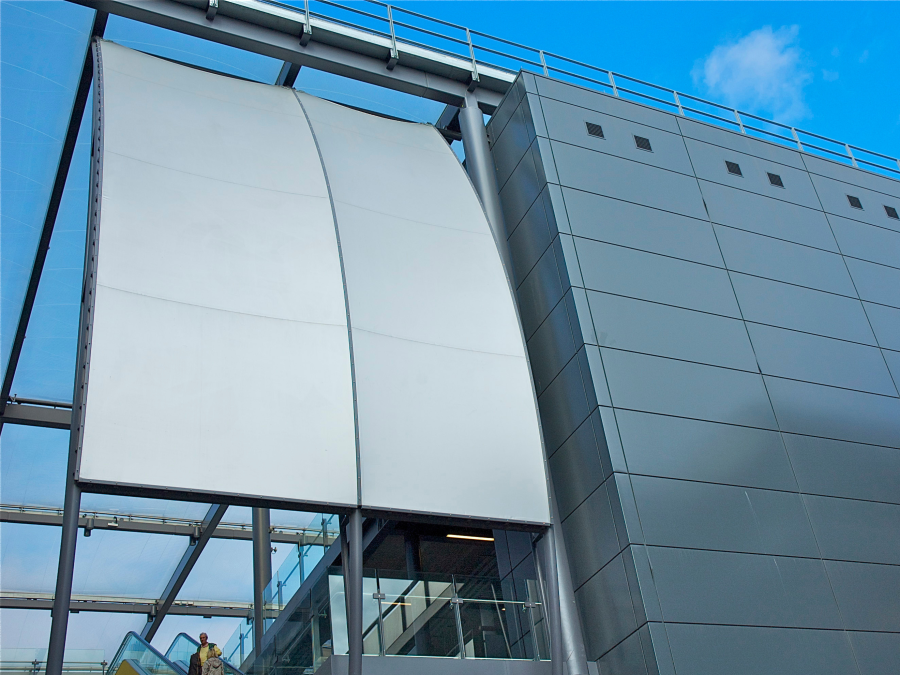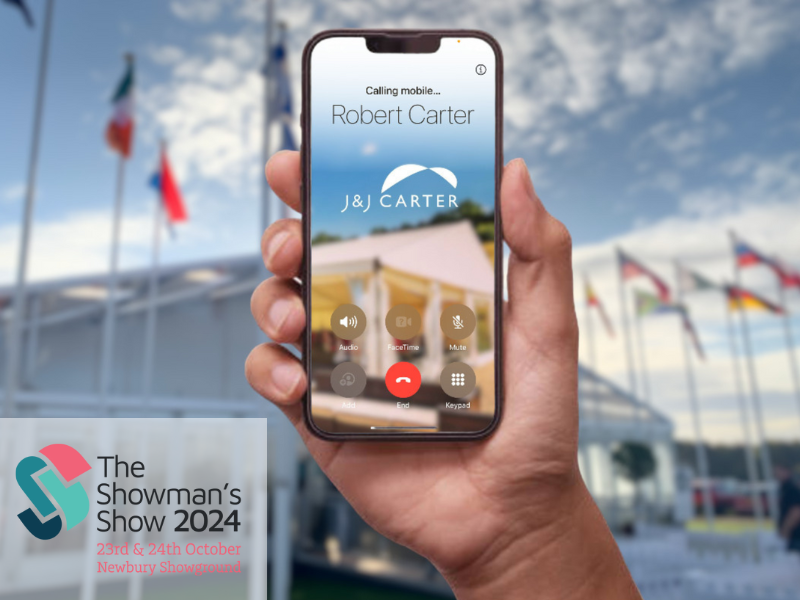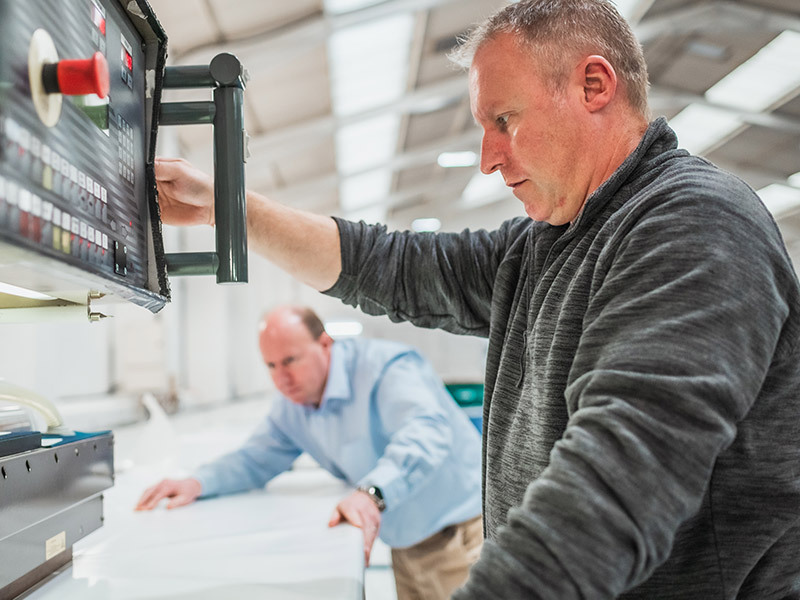
What Makes Tensile Fabric Structures The Ideal Choice?
Architecture today demands innovative, sustainable, and visually captivating solutions that go beyond mere functionality. At J & J Carter, we understand the importance of creating spaces that are both practical and aesthetically exceptional. Tensile structure architecture provides an ideal solution, blending modern design with enduring practicality.
But what makes these structures so appealing? Let's explore the key reasons.

Aesthetic Appeal with Contemporary Design
Tensile fabric structure architecture has a unique and modern aesthetic. These structures bring a contemporary flair to transform any environment into a visual landmark. The fabric’s flexibility allows designers to craft fluid, organic shapes that are both sophisticated and striking.
Whether the goal is to create a distinctive landmark or to enhance the visual impact of a branded structure, tensile fabric structures offer extensive design possibilities. The fabric’s ability to beautifully diffuse light adds another layer of appeal, creating a dynamic and inviting atmosphere.
Durability and Long-Term Value
Although they may appear lightweight, tensile fabric structures are engineered for remarkable durability. The materials used, such as PVC-coated polyester and PTFE-coated fibreglass, are chosen for their strength and resilience against environmental elements. These fabrics are built to endure harsh weather conditions, including strong winds, heavy rain, and snow.
Additionally, these materials are UV-resistant, ensuring that the tensile fabric structure maintains its colour and integrity over time. This durability guarantees that your investment will last, offering long-term value with minimal maintenance.
Versatility Across Applications
A standout feature of tensile structure architecture is its versatility. These structures are adaptable for a variety of applications; from large-scale projects like stadiums and exhibition halls to more intimate settings, such as garden pavilions and shaded walkways.
At J & J Carter, we have successfully implemented tensile fabric structures across a broad spectrum of sectors, including commercial, residential, educational, and healthcare environments. Whether it’s creating a covered outdoor learning area, providing shelter over playgrounds, or enhancing an outdoor dining space, these structures can be customised to meet diverse needs while adding a distinctive touch.
Sustainability and Environmental Responsibility
Sustainability is a key consideration across modern architecture. Tensile structure architecture is inherently eco-friendly, as it uses fewer materials than traditional construction methods, thereby reducing the overall carbon footprint of a project.
The lightweight nature of the fabric also reduces the need for extensive supporting materials, which further enhances its environmental benefits. Many tensile fabrics are recyclable, and their reflective properties help reduce heat gain, lowering energy consumption for cooling. By choosing a fabric tensile structure, you are not only investing in a versatile and durable solution but also making an environmentally responsible choice.
Cost-Effective Solutions
Budget considerations are crucial in any construction project, and tensile fabric structures offer a cost-effective alternative to traditional building methods. The materials used are generally more affordable, and the construction process is faster and more efficient, leading to significant savings in both time and labour.
Moreover, the lightweight nature of these structures means they require fewer substantial foundations, which can further reduce costs. The long lifespan of the materials and the low maintenance required make tensile fabric structures a sound financial investment.
Ease of Installation and Maintenance
Tensile fabric structures are known for their ease of installation, an advantage for projects with tight deadlines or logistical challenges. The modular design allows for prefabrication, speeding up the installation process and minimising disruption to the site.
Once installed, a tensile fabric structure requires minimal maintenance. The high-quality materials are resistant to dirt, mould, and mildew, ensuring the structure remains in excellent condition with little effort. Routine cleaning and occasional inspections are usually all that’s needed to keep the structure looking and functioning at its best.
Flexibility for Future Modifications
A notable benefit of tensile fabric solutions is their flexibility. These structures can be easily modified or expanded to meet future needs or to incorporate new design elements. Whether you need to increase coverage, change the layout, or even relocate the structure, these solutions offer a level of adaptability that traditional construction methods cannot match.
This flexibility makes them an excellent choice for businesses and institutions that anticipate evolving or expanding their facilities over time. The ability to make modifications without significant disruption or cost ensures that your structure can grow and adapt alongside your needs.
The Smart Choice for Modern Architecture
Choosing tensile fabric structure architecture provides numerous advantages, from aesthetic appeal and durability to sustainability and cost-effectiveness. At J & J Carter, we are committed to delivering high-quality tensile fabric structures that not only meet but exceed your expectations.
As you plan your next architectural project, consider the value and versatility that tensile structure architecture can bring. These structures are more than just practical solutions—they represent an investment in the future of your space, combining beauty, strength, and adaptability in a single, elegant package.
Let us bring your architectural vision to life. Contact us today to discover how a tensile fabric structure can enhance your project, combining cutting-edge design with unmatched functionality. Together, we can create a space that not only stands out but also stands the test of time. Your journey to innovative architecture begins with us—reach out now to start the conversation.


